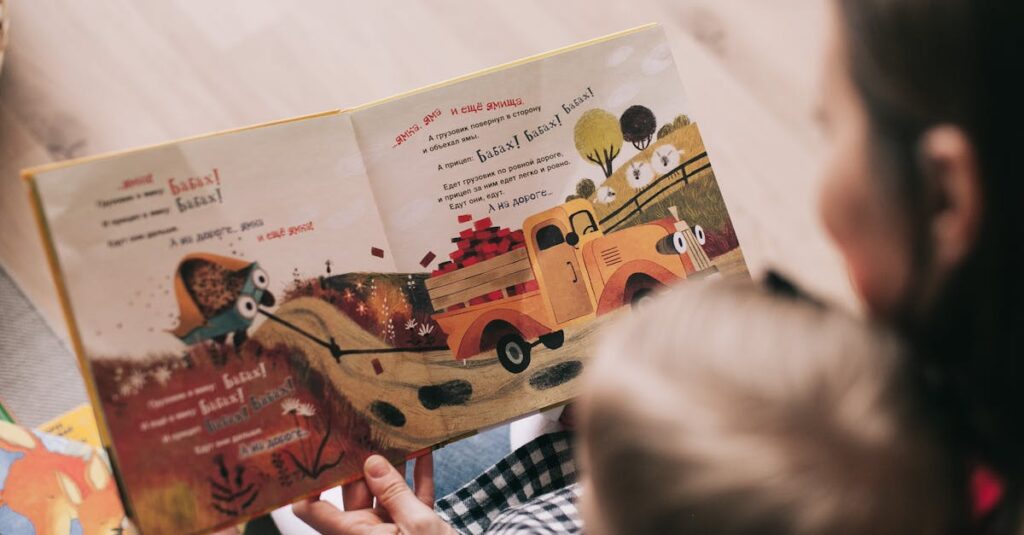Why Gratitude Matters
Gratitude can do wonders for preschoolers. It helps them appreciate what they have and boosts emotional health. When kids learn to be thankful, they tend to be happier and more optimistic. Teaching gratitude early encourages a positive outlook on life.
But the big question is: how do you get a preschooler to practice gratitude? Simple! You make it fun. Enter guided imagery, a technique that uses vivid imagination to cultivate grateful thoughts.
Encouraging a child’s gratitude from a young age can have lasting positive effects on their overall well-being and outlook on life. Incorporating fun and creative exercises into their daily routine can make practicing gratitude an exciting adventure for them.
Introducing Guided Imagery
Guided imagery may sound complex, but it’s just storytelling with a purpose. By guiding your child through imaginary scenarios, you can help them visualize and appreciate positive experiences. Think of it as a mental adventure.
Imagine telling your child to close their eyes and picture a magical garden filled with their favorite toys and people. It’s exciting and calming. This practice not only sharpens their imagination but also instills gratitude for the little things in life.
Setting the Scene
To start a guided imagery session, create a cozy and quiet space at home. Think soft lighting, comfy cushions, and minimal distractions. You can even play soothing music to set the mood. Ensure your preschooler is relaxed and open to the experience. The goal is to make them feel safe and calm. Tell them this is a special adventure just for them. The excitement alone will make them look forward to these sessions. Create a routine, doing it at the same time each week, so they know when to expect it.
Fun Guided Imagery Exercises
Your guided imagery exercises can be simple yet effective. One fun exercise is the ‘Gratitude Parade.’ Tell your child to imagine a parade with all the things they love and are thankful for marching by.
Another one is the ‘Thankful Treasure Hunt,’ where they imagine finding hidden treasures that symbolize the things they’re grateful for. Use simple language and keep it interactive. Ask questions like, ‘What do you see?’ or ‘Who is with you?’ to keep them engaged.
Tackling Emotional Challenges
Emotional challenges are part of a preschooler’s life. They can feel overwhelmed, anxious, or sad. Guided imagery can help manage these emotions by shifting their focus to positive thoughts. For instance, during a tough day, guide them through an imagery session where they visit a favorite place or see a beloved pet. This shift in focus can lift their mood. Addressing these emotions through gratitude helps them learn coping mechanisms early on.
Encourage Family Participation
Involve the whole family in these guided imagery sessions. Make it a shared experience by having siblings and parents participate. This not only strengthens family bonds but also sets a positive example for your child.
Share your own gratitude list and ask other family members to contribute. Playfully compete to see who can come up with the most things to be thankful for. This collective practice of gratitude can turn into a cherished family tradition.

